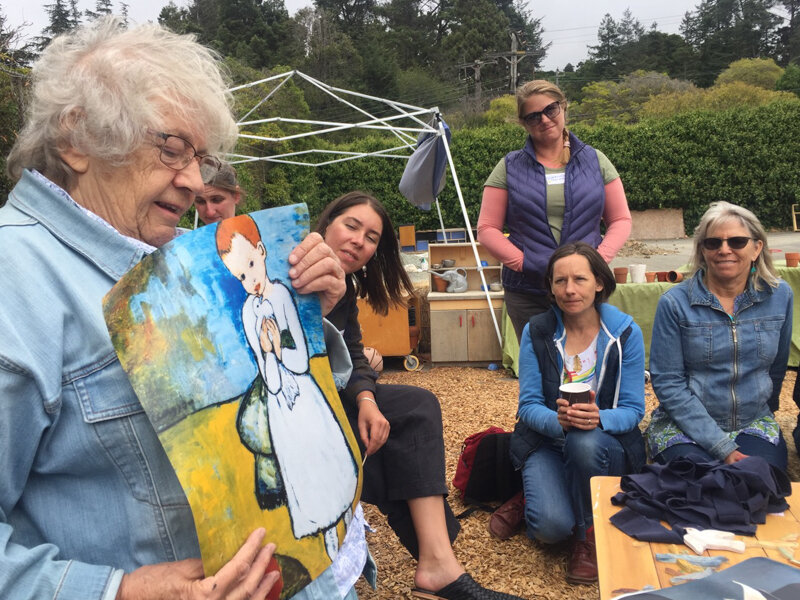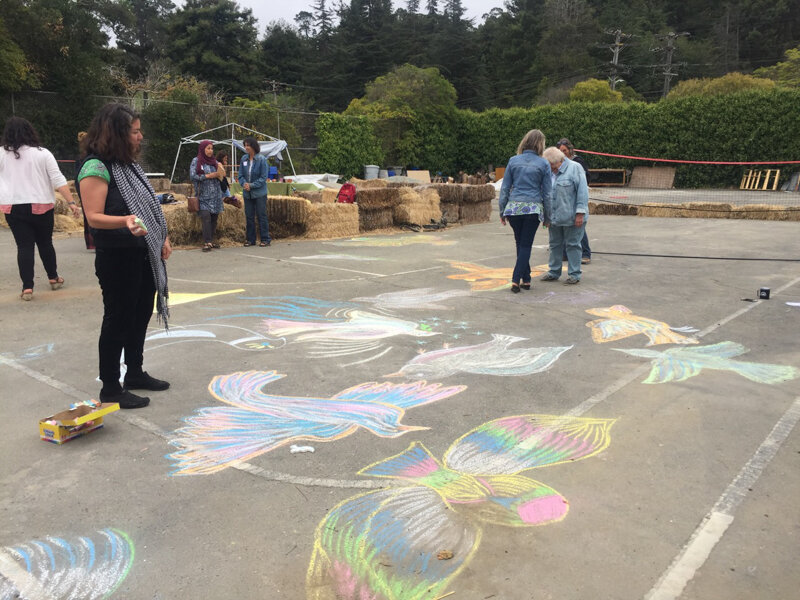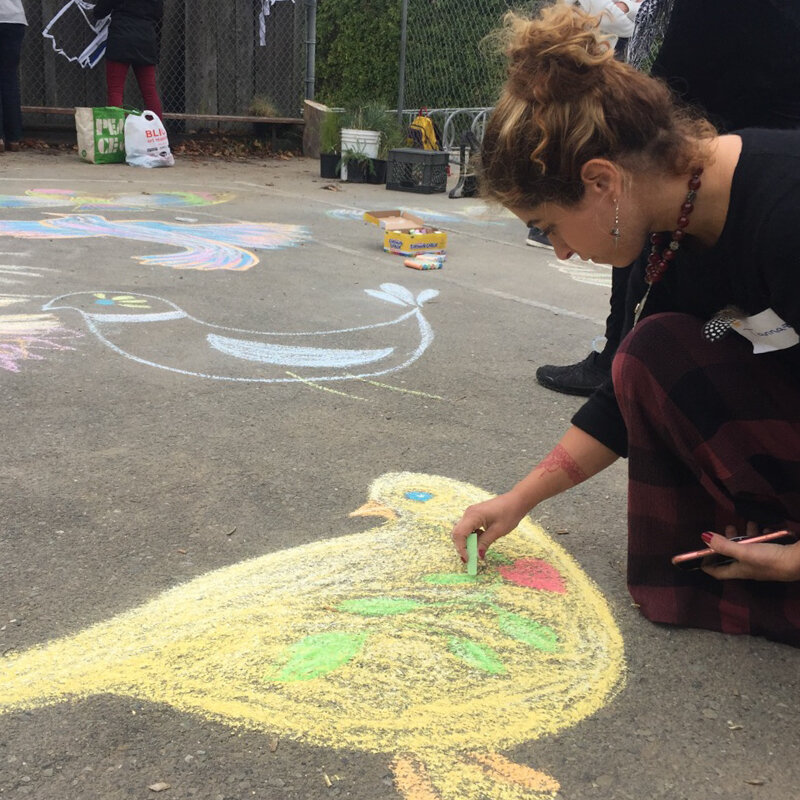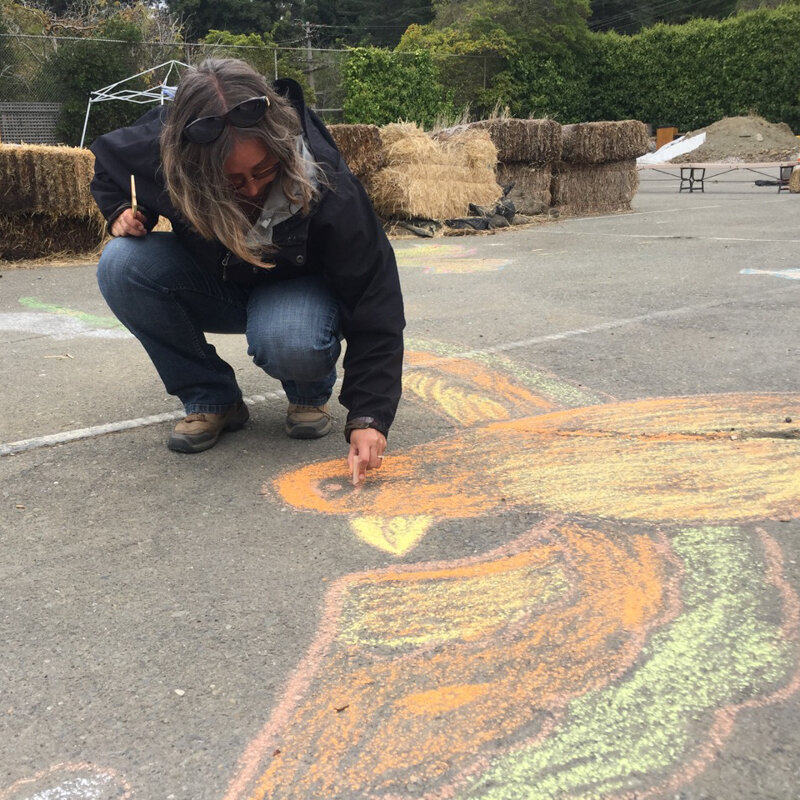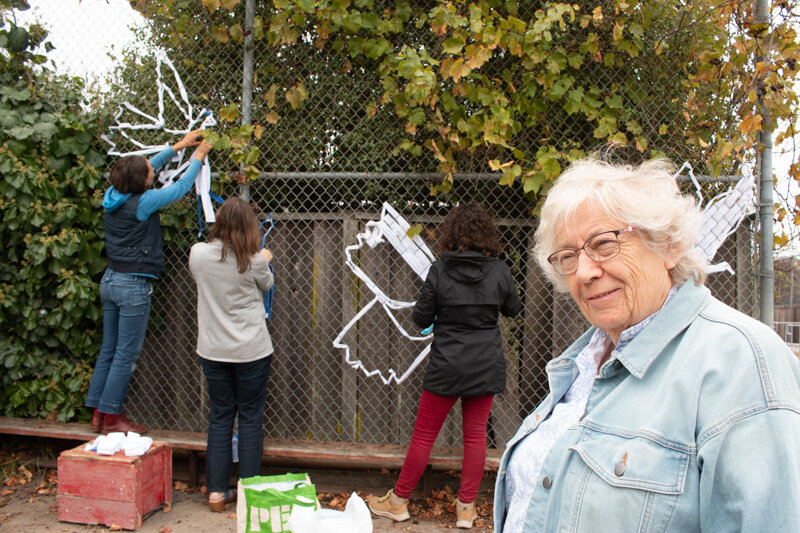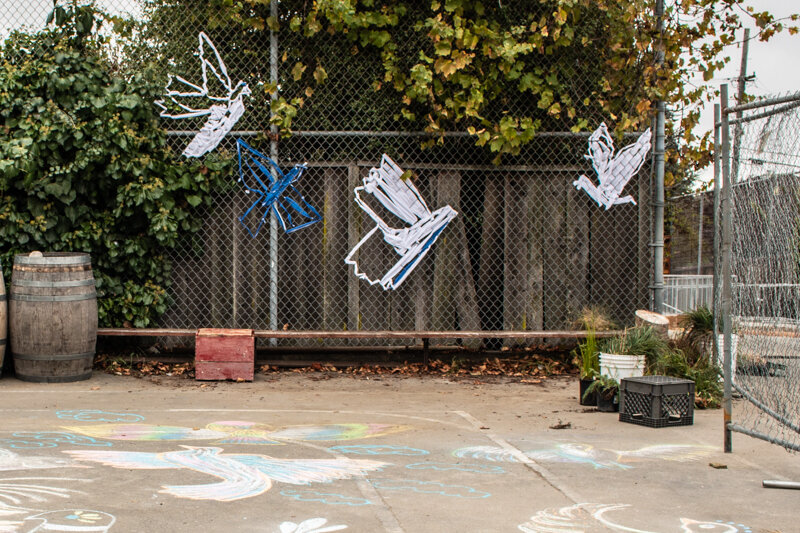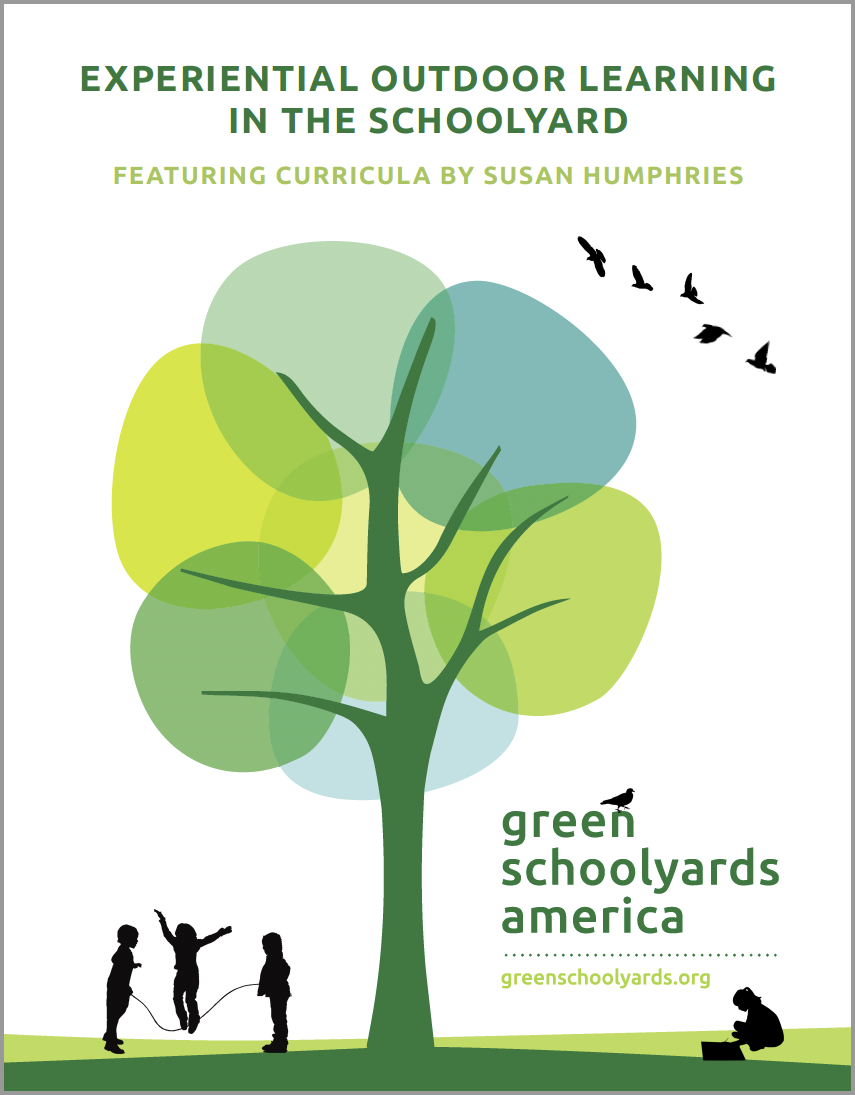Nature Play in Your Neighborhood
/Most children around the world have been spending a lot of time indoors lately, and “screen time” seems to be the new norm. Would you like more ideas to encourage children to play outside every day? The playful, hands-on activities below offer a refreshing way for kids of all ages to take a break and play in nature in their own backyard or in their neighborhood.
GREEN SCHOOLYARDS AMERICA AND OUR PARTNERS AT THE INTERNATIONAL SCHOOL GROUNDS ALLIANCE PUBLISH A SET OF FREE, DOWNLOADABLE BOOKS FILLED WITH IDEAS FOR OUTDOOR LEARNING, PLAY, AND HEALTH. THIS SET OF 250 HANDS-ON ACTIVITIES AND CURRICULUM IDEAS WERE CONTRIBUTED BY 188 ORGANIZATIONS ACROSS THE USA AND AROUND THE WORLD. CLICK HERE TO ACCESS THE BOOKS.
The creative nature play ideas included below were written by our colleagues at organizations across the USA and around the world. The complete directions for each activity—and hundreds of others—are available in our free, online set of outdoor Activity Guides. These books were originally written for use in schoolyards around the world, but many of the ideas they include are equally well-suited for use close to home, in our backyards and neighborhoods. We hope you will have fun with them and will share these ideas widely!
Click here to download the books!
This article is the third installment in our series entitled, Bringing Outdoor Learning Home.
Click here to read Part 1: Explore Art in your Backyard or Neighborhood
Click here to read Part 2: Explore Math Outdoors, Close to Home
PART 3: NATURE PLAY IN YOUR NEIGHBORHOOD
IMAGE © Betsy hedges
Colored Water Exploration with Ramps
Author: Mills College Children’s School,
Oakland, California, USA
Ages: 0-3 years old
In this activity, infants and toddlers explore the magic and wonder of pouring water, and experiment with gravity and color blending.
—See Living Schoolyard Activity Guide, page 47
IMAGE © Sharon danks
Create a Bean Trellis Playhouse
Author: Green Schoolyards America,
Berkeley, California, USA
Ages: 2-10 years old
Create a cozy backyard “playhouse” to encourage imaginative play for young children. All you need are a few sturdy garden stakes and bean seeds.
—See International School Grounds Month Activity Guide, page 78
IMAGE © Monica EDGERton
Adventure Course
Author: All Our Kin and Felicitas’ Family Child Care,
New Haven, Connecticut, USA
Ages: 3-7 years old
Create an engaging, outdoor obstacle course that improves children’s focus, balance, and hand-eye coordination as they have fun.
—See Living Schoolyard Activity Guide, page 63
IMAGE © Dr. Ko Senda and MIYAMAE Kindergarten
Pine Needle Barber Shop
Author: Dr. Ko Senda, Tsurumi Junior College,
Yokohama-shi, Kanagawa-ken, Japan
Ages: 3-10 years old
In this activity, children gather and bundle pine needles to create “dolls” and then set up an imaginary barber shop to cut the dolls’ hair.
—See International School Grounds Month Activity Guide, page 40
IMAGE © Sekolah alam nural islam
Sculpting Soil Balls: Entho-Entho
Author: Sekolah Alam Nurul Islam,
Sleman, Yogyakarta, Indonesia
Ages: 5-18 years old
Playing with soil has many health benefits and learning opportunities. Mixing water with soil in different ratios allows students to experiment with 3D shapes and become inventors.
—See International School Grounds Month Activity Guide, page 147
IMAGE © Karel Komárek Proměny Foundation
Flying Gardens
Author: Karel Komárek Proměny Foundation,
Prague, Czech Republic
Ages: 6-12 years old
In this activity, children imagine that the whole world is suspended on strings from the sky. They use natural materials to create a “flying garden” they have dreamed up, and display it in a tree.
—See International School Grounds Month Activity Guide, page 32

















